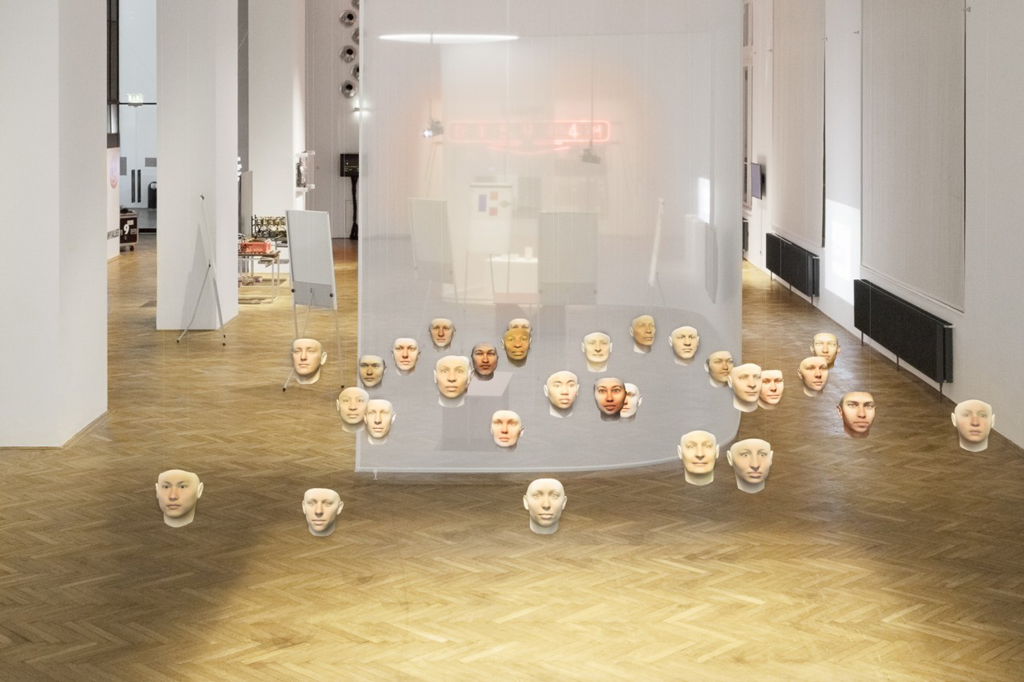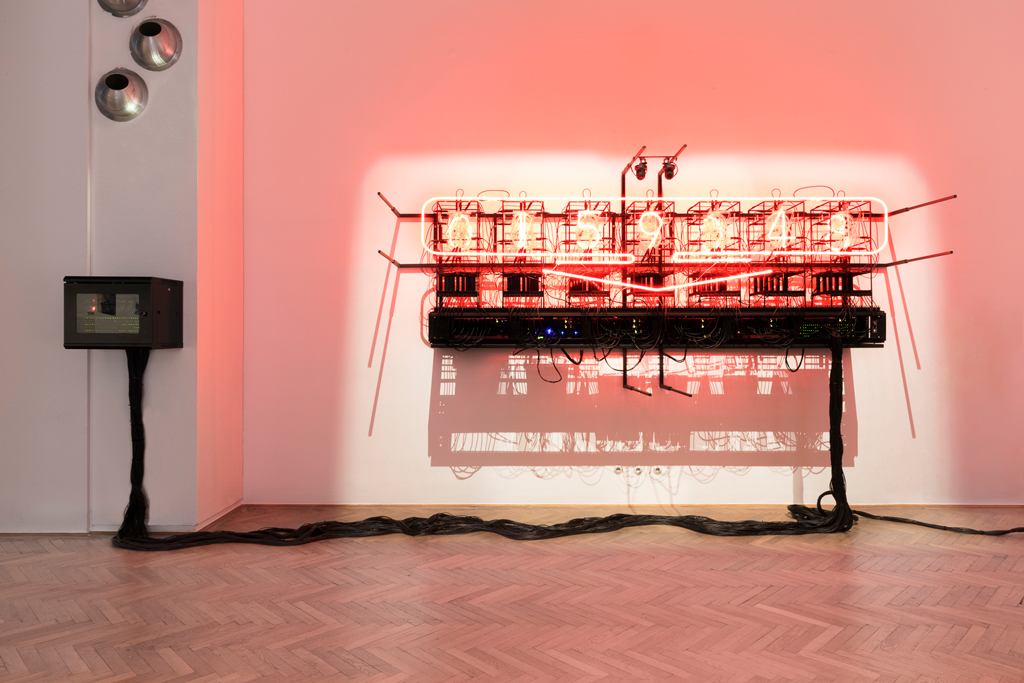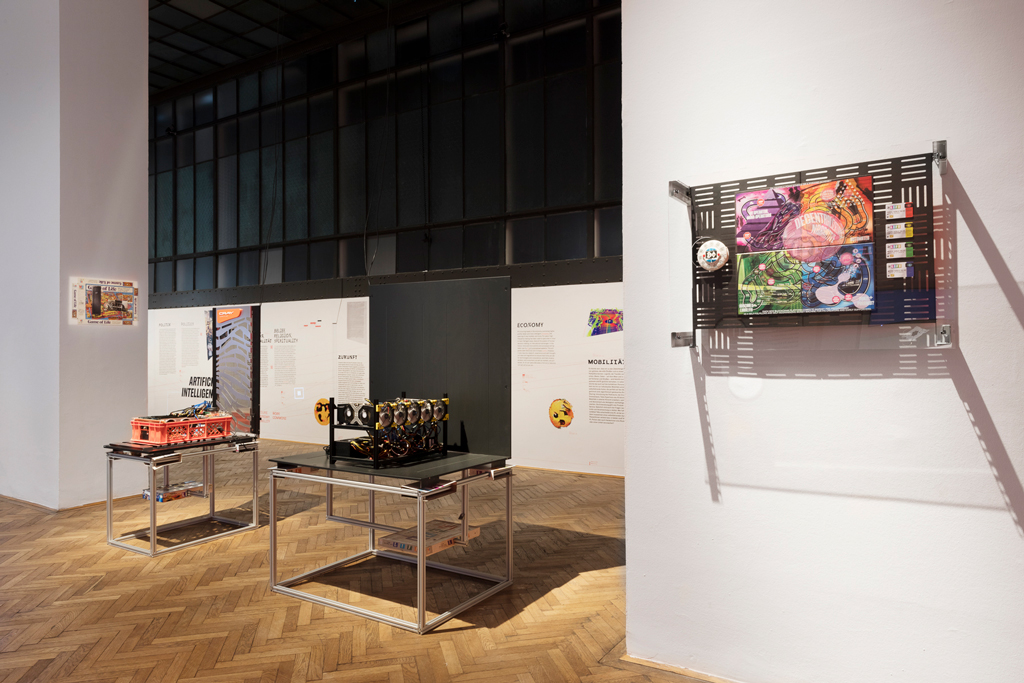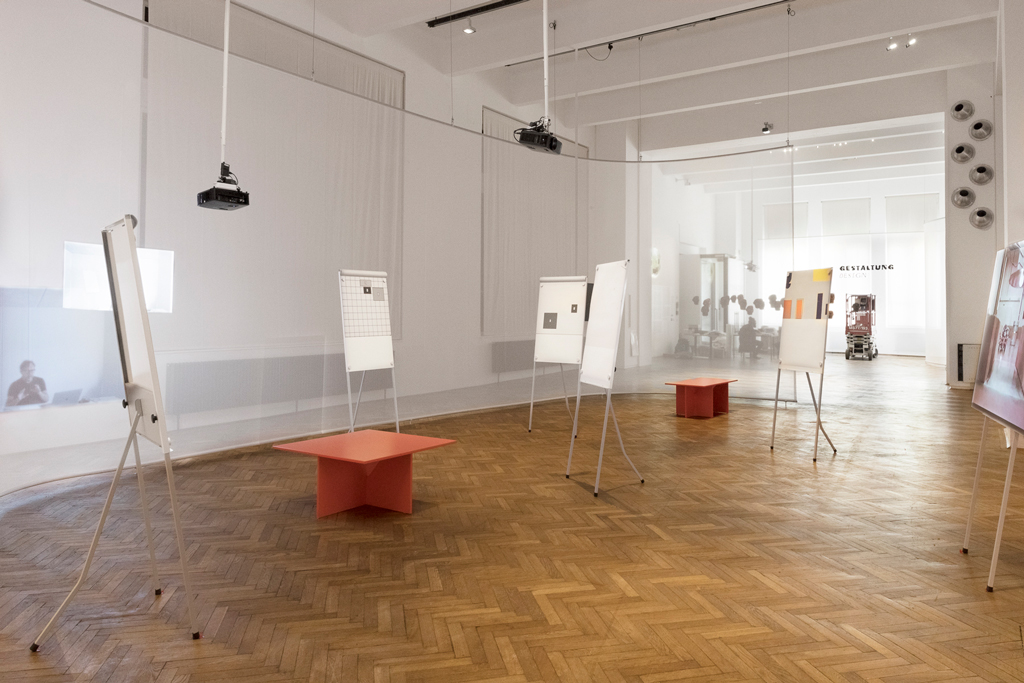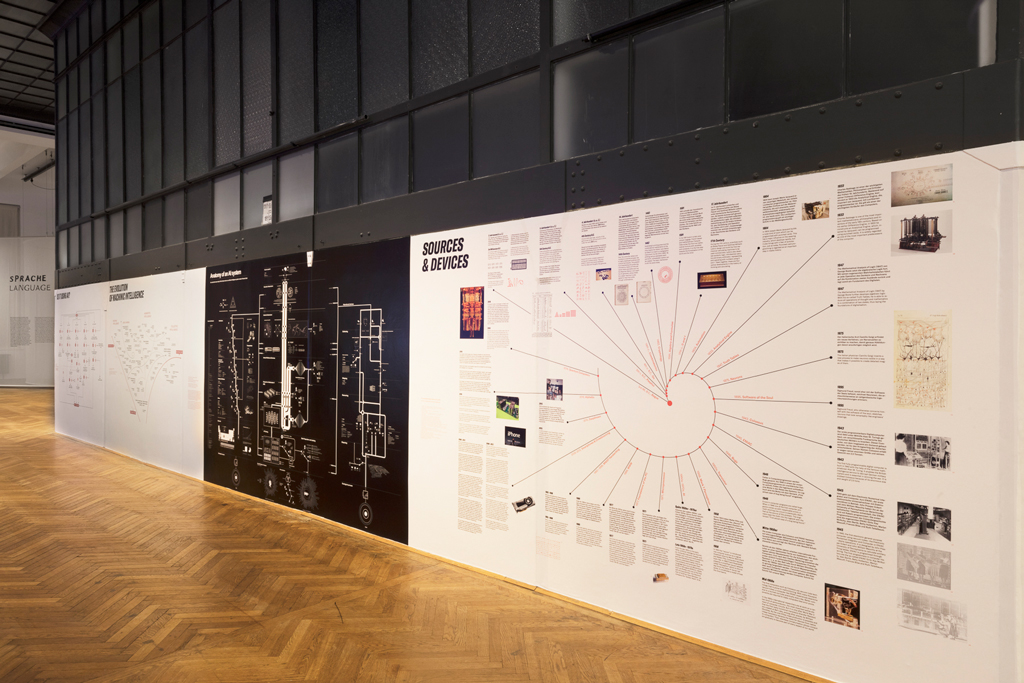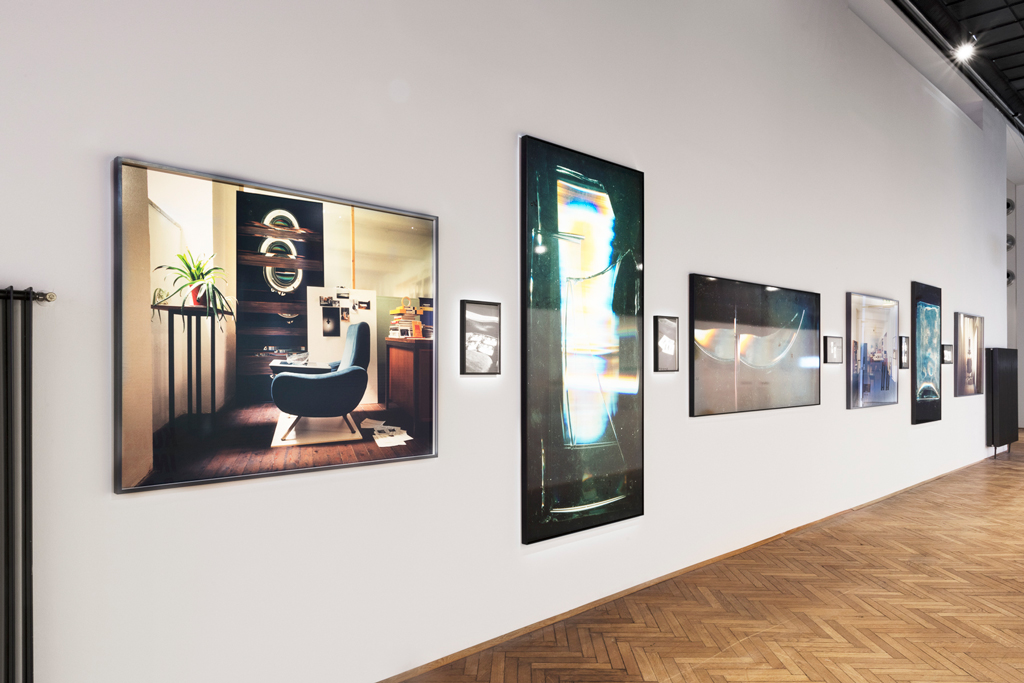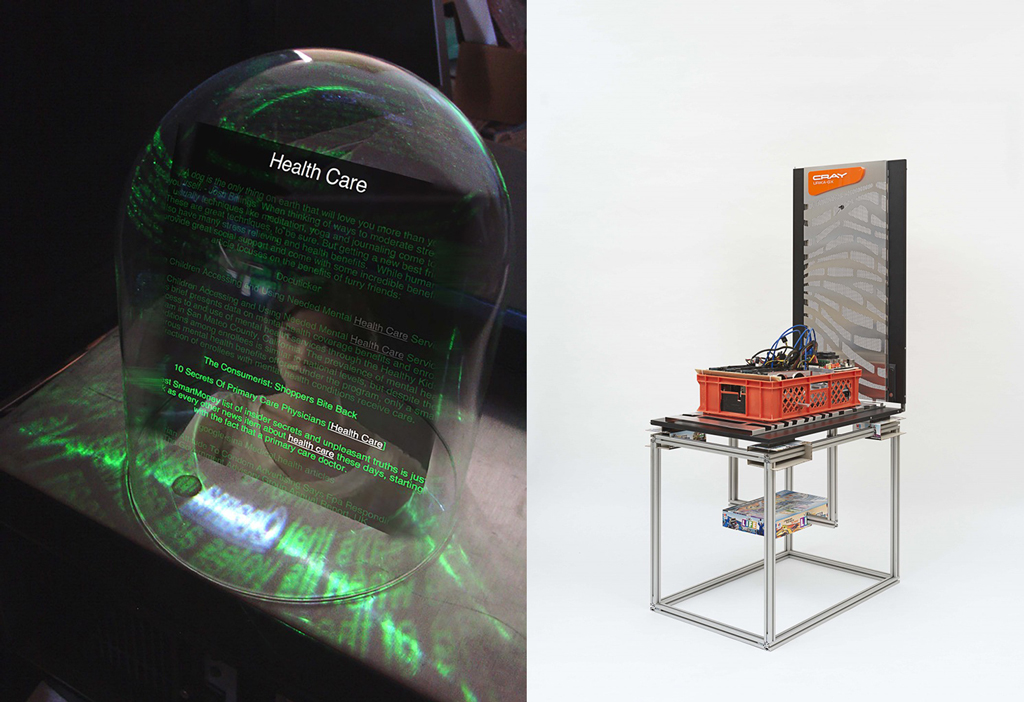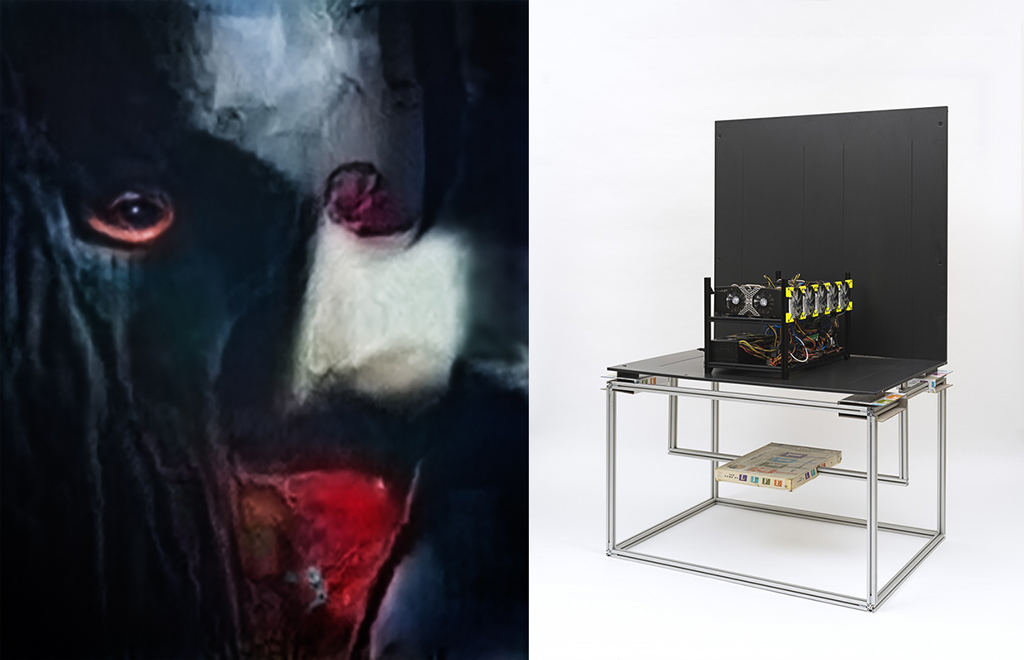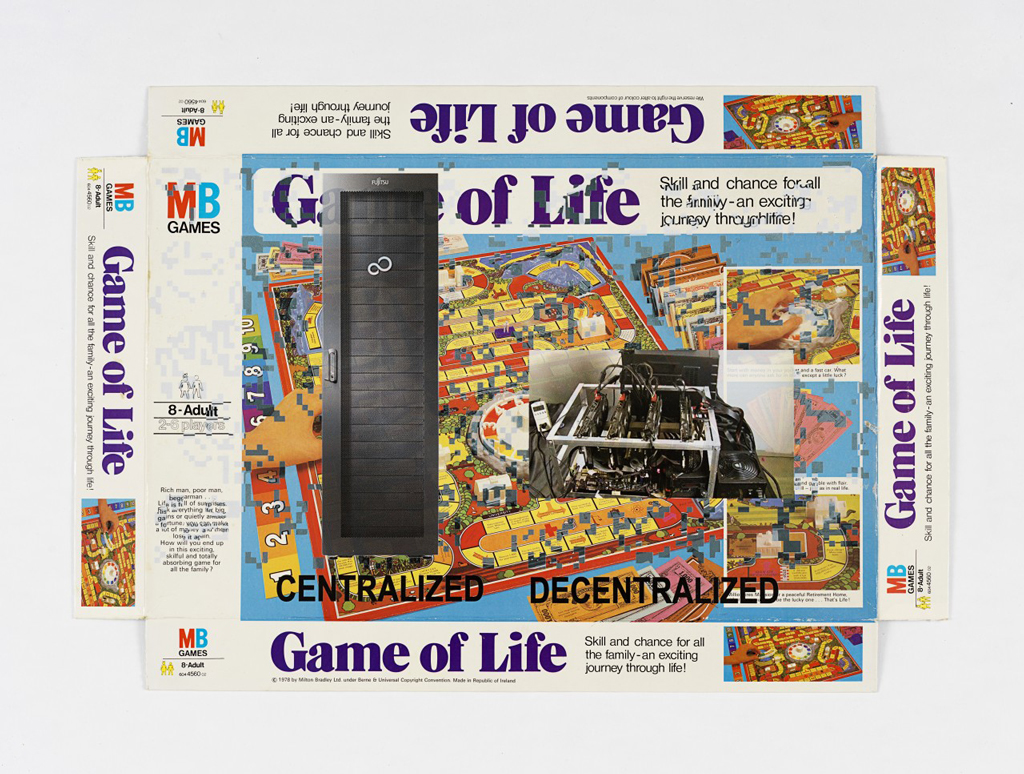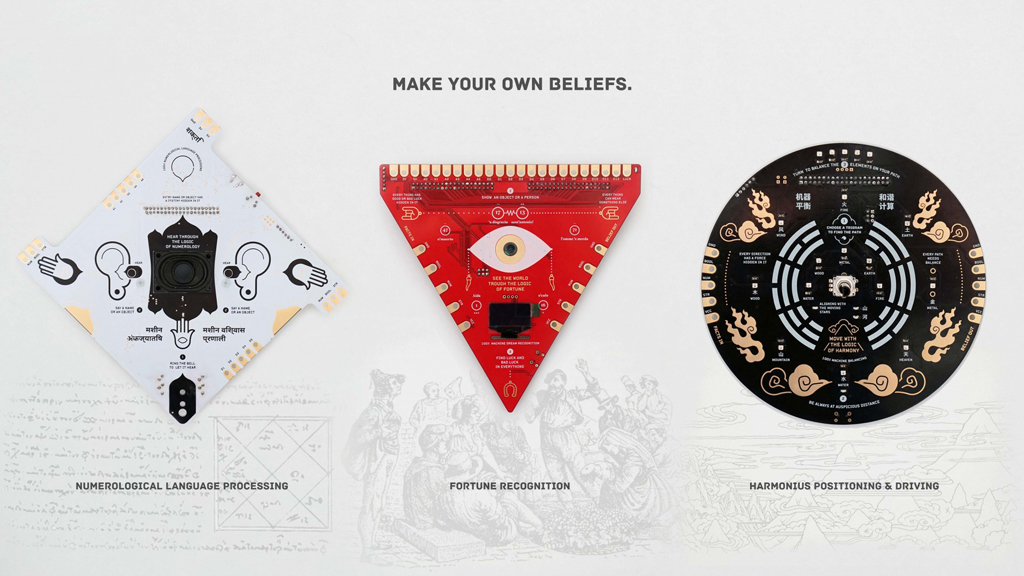ART CITIES:Vienna-UNCANNY VALUES, Artificial Intelligence & You
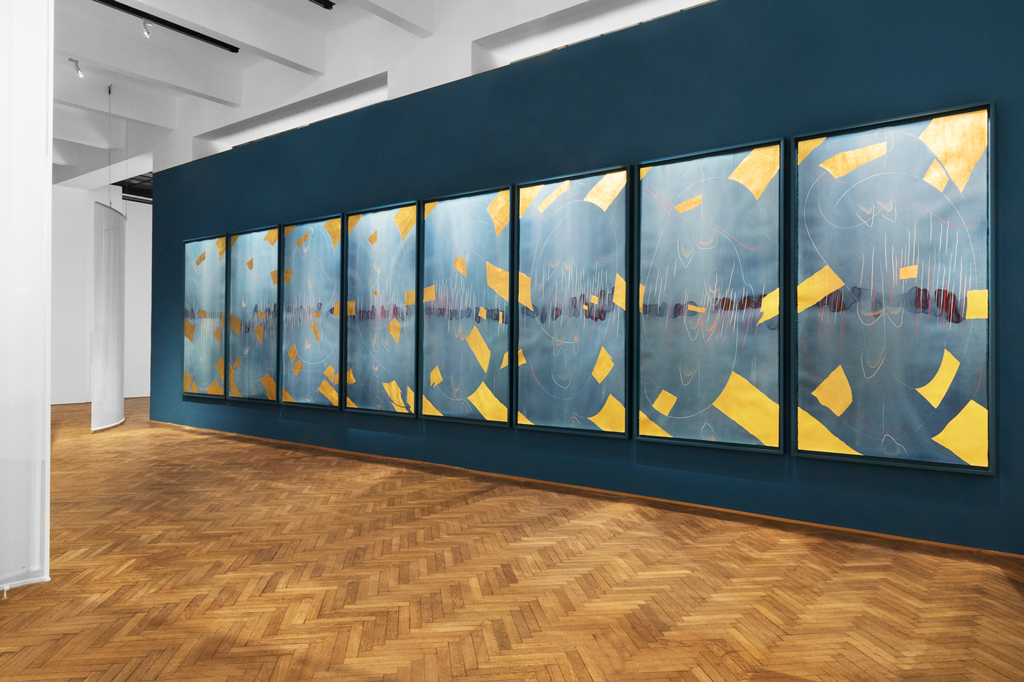 The exhibition “UNCANNY VALUES: Artificial Intelligence & You” explores one of the most important topics of coming decades, one that will have a momentous effect on all aspects of our lives: artificial intelligence (AI). In order to understand, help shape, and sensibly implement the potentials of artificial intelligence and the associated technologies, we need a new cultural sensibility.
The exhibition “UNCANNY VALUES: Artificial Intelligence & You” explores one of the most important topics of coming decades, one that will have a momentous effect on all aspects of our lives: artificial intelligence (AI). In order to understand, help shape, and sensibly implement the potentials of artificial intelligence and the associated technologies, we need a new cultural sensibility.
By Dimitris Lempesis
Photo: MAK-Museum of Applied Arts Archive
The exhibition “UNCANNY VALUES: Artificial Intelligence & You” seeks to stimulate that. Installations in various media by 18 international artists and designers spread out in a generous parcours enhanced by examples and scenarios from current applications of AI. In order to understand, shape, and make meaningful use of AI’s and related technologies’ full potential, we need to develop a new kind of sensibility that this exhibition aims to cultivate. In a generously designed exhibition display, installations by 18 international artists and designers in various media including 7 new commissions, we enter into dialog with examples and scenarios from current AI applications. AI has long become a part of our lives, our social relationships, our political and economic activities. The question arises as to what kind of creature AI has already become and how it will develop further and on what ideological basis it will do so. In society, politics, the economy, and the environment—in short, as a civilization—we must develop new sets of values in collaboration with our machines. The exhibition reveals a multitude of perspectives onto a field that is developing so rapidly that it is increasingly difficult to comprehend. The exhibition focuses on questions relating to culture and technology, to what it means to be human, to power and control, and to finding our bearings in the uncanny valley of AI. The heart of the exhibition’s communication design are the “AImojis” (AI-generated emojis). Using input from a dataset of several thousand frequently used emojis, with the aid of a Deep Convolutional Generative Adversarial Network (DCGAN) the Viennese graphic and generative design studio Process (Moritz Resl and Martin Grödl) have trained a neural network to create its own completely new variations of these digital faces. The result is as surprising as it is uncanny: with each “AImoji” new, hitherto unknown “artificial” emotions come to live that challenge us to interpret and interact with them. The algorithmically controlled neon work “This Much I’m Worth (The Self Evaluating Artwork)” (2017) by Rachel Ara determines the value of (artistic) labor on a meta level: complex algorithms called The Endorsers permanently calculate the sales value of this labor based on social media, artworld websites, and financial market analyses anew and adapt this value according to gender and provenance of the artist. Trevor Paglen has been working on surveillance and the political dimension of technologies for a long time. In his video Installation “Behold These Glorious Times!” (2017), we find ourselves face-to-face with hundreds of thousands images used to train neural networks to recognize and analyze emotions, gestures, and facial expressions. In his photo series “Adversarially Evolved Hallucinations”, the artist has two AI Systems – one that recognizes and one that generates images – react to each other. Mladen Bizumic focuses on the transformation of analog into digital photography. In connection with AI’s ability to “see”, i.e. to recognize images, the artist became interested in the American engineer Russell A. Kirsch, who invented the first image scanner in 1957. In a multipart installation titled “MoMA’s Baby” (2019), Bizumic presents analog photographs and excerpts from an interview with art historian Joan Levin Kirsch, Kirsch’s wife, who worked at MoMA in New York and whose work is regarded as a significant inspiration for her husband’s invention. Simon Denny works and researches intensively in the field of crypto currencies and the Blockchain, a topic closely related to the topic of artificial intelligence and the relationship of technology, politics and capitalism. Two installations from the series “Centralization vs Decentralization” (2018) show devices mutating between highly technologized capitalism (bitcoin mining), Cargo cult, blockchain, and board game. “Language Agents” (2018) is a video installation by Armin Linke and Giulia Bruno. In conversation with Belgian scientist and artist Luc Steels, the work deals with experiments with robots teaching each other and developing their own artificial language. As evolutionary linguist, AI developer and artificial life researcher who coined the term “behaviour-based robotics”, Steels poses ethical questions in the development of technologies. automato.farm (Simone Rebaudengo, Matthieu Cherubini, Saurabh Datta and Lorenzo Romagnoli) have developed a new Installation titled “BIY – Believe It Yourself” (2019) for the exhibition. The series of speculative products is based on Arduino and enables visitors to consruct their own Experiments around the theme of “Superstition” while exploring three AI techniques: object recognition, natural language processing, and context/Location awareness. The three boards are based on three different cultures and convictions: the Italian concept of smorfia (bad luck and superstition), feng shui, the Chinese system of harmony, and the numerology-based logic of destiny of India. Jorinde Voigt’s sophisticated large format drawings evolve between abstract intelligence and algorithmic intuition. For the exhibition the artist created a monumental eight-piece work that explores thought processes and artistic practice between human mind and media-technological context. Formalisms, geometries and matrices give rise to techno-organic thinking and acting. With her spatial installation “Probably Chelsea” (2017), Heather Dewey-Hagborg shows thirty possible portraits of the famous American whistleblower Chelsea E. Manning, which have been algorithmically generated from analyses of her DNA. The controversial linking of genetic data with highly developed technology can reveal an uncanny amount of information about who and what we are but also show how subjective the interpretation of DNA can be.
Participating Artists and Designers: automato.farm, Rachel Ara, Mladen Bizumic, James Bridle, Tega Brain, Julian Oliver and Bengt Sjölén, Kate Crawford, Vladan Joler, Simon Denny, Heather Dewey-Hagborg and Chelsea E. Manning, Lynn Hershman Leeson, Constant Dullaart, David Link, Jonas Lund, Giulia Bruno and Armin Linke in collaboration with Luc Steels, Trevor Paglen, Philipp Schmitt and Steffen Weiss, Superflux and Jorinde Voigt.
Info: Curators: Paul Feigelfeld and Marlies Wirth, MAK – Museum of Applied Arts, Stubenring 5, Vienna, Duration: 29/5-6/10/19, Days & Hours: Tue 10:00-20:00, Wed-Sun 10:00-18:00, www.mak.at
